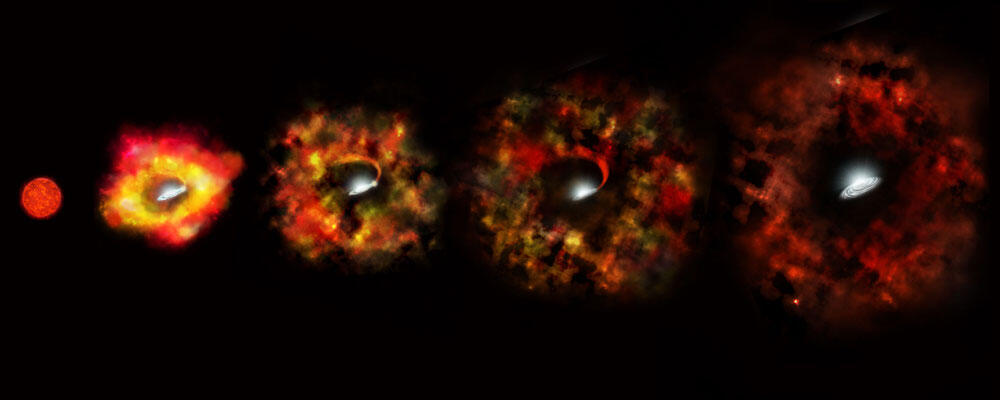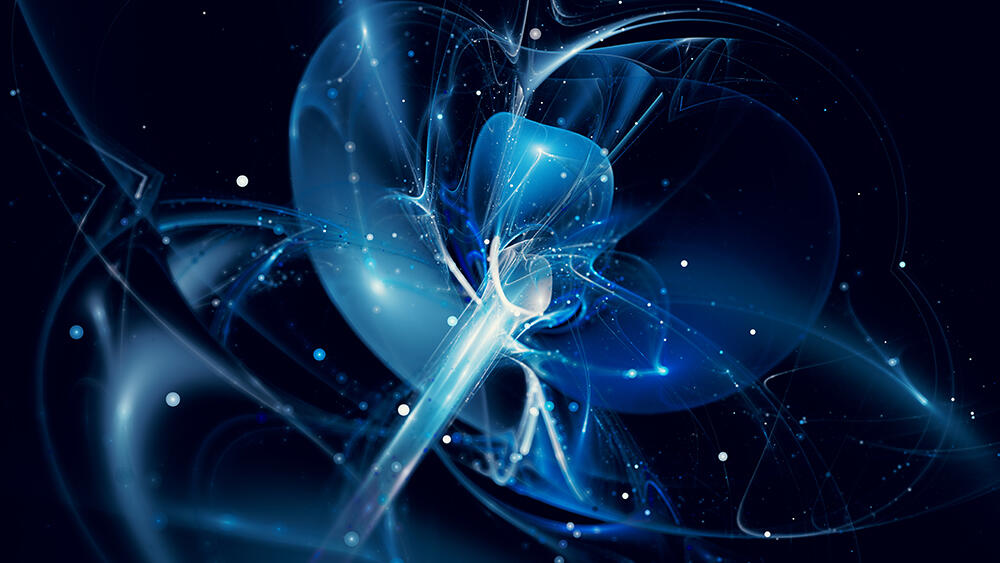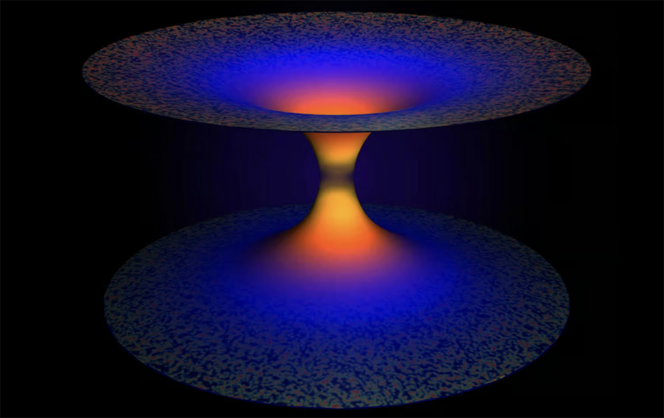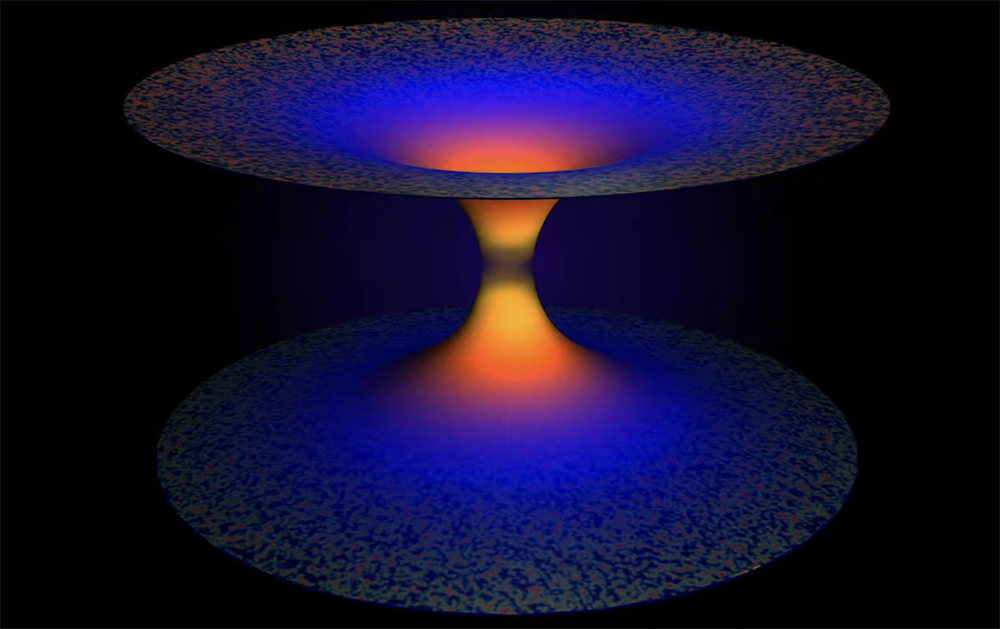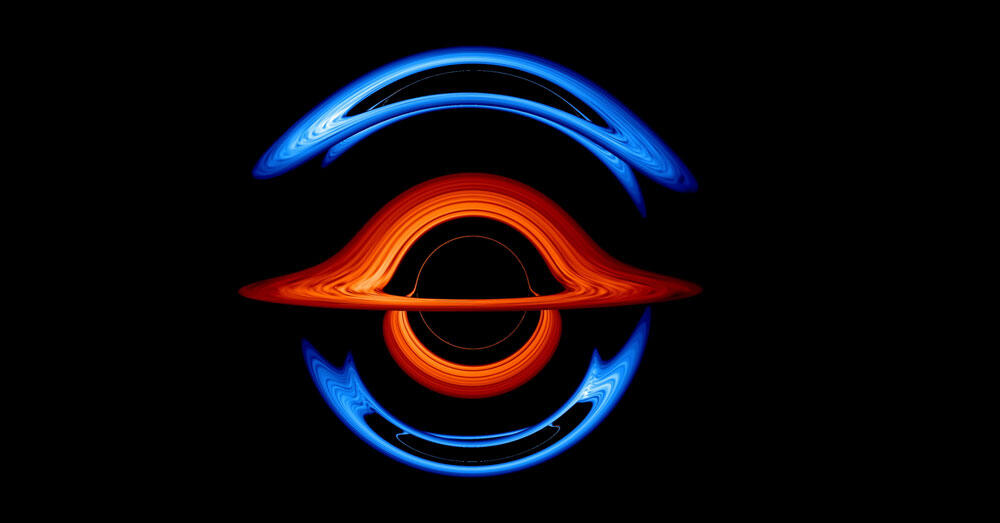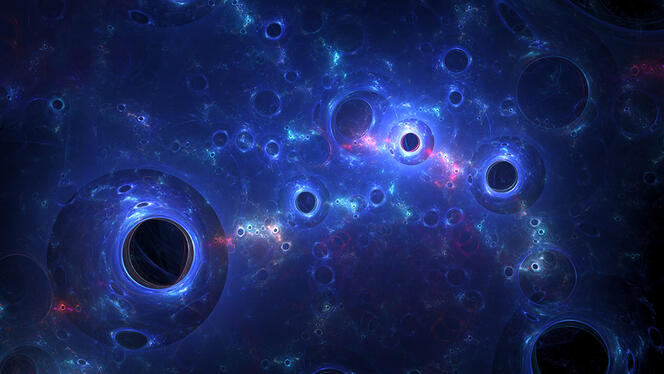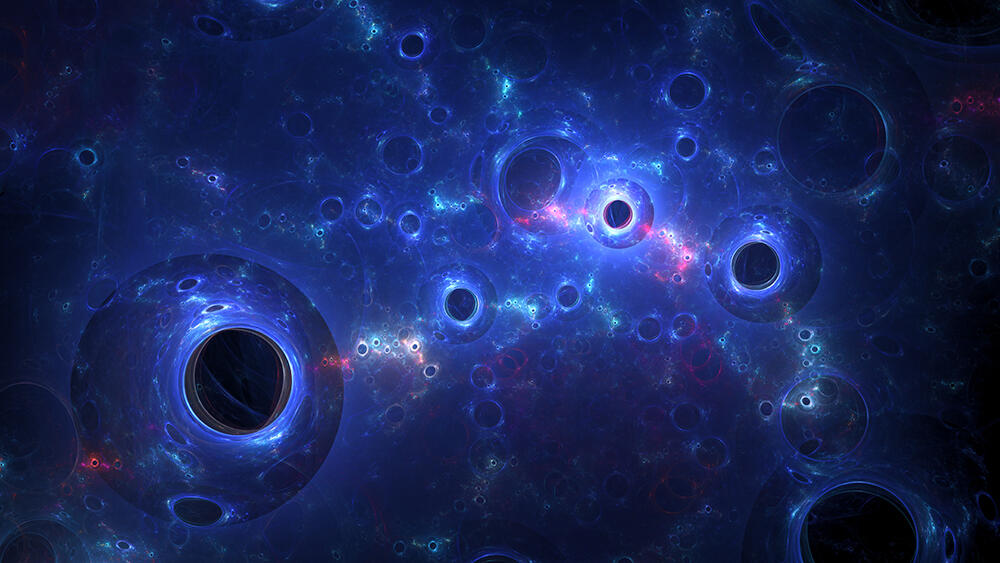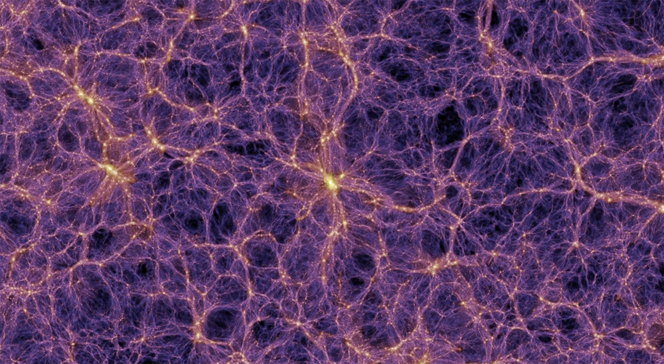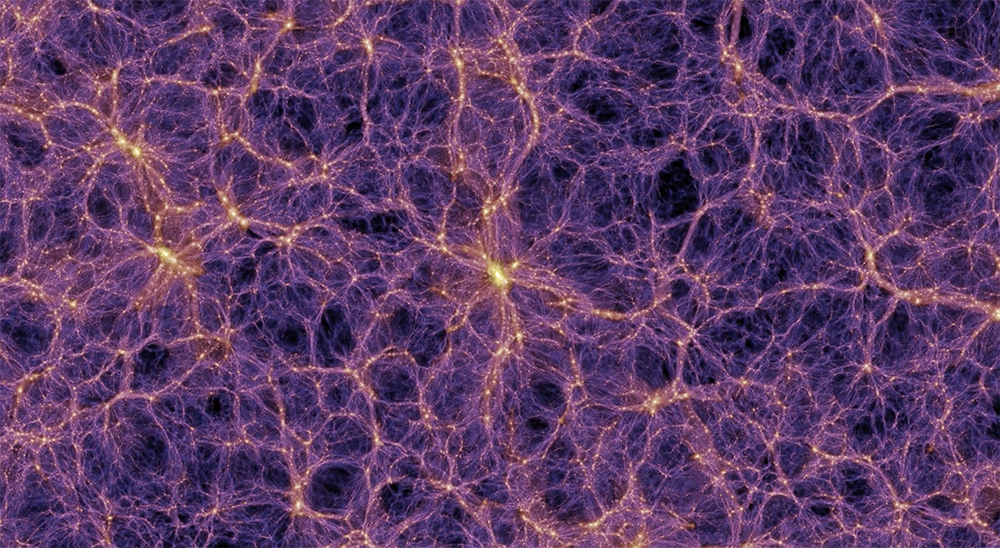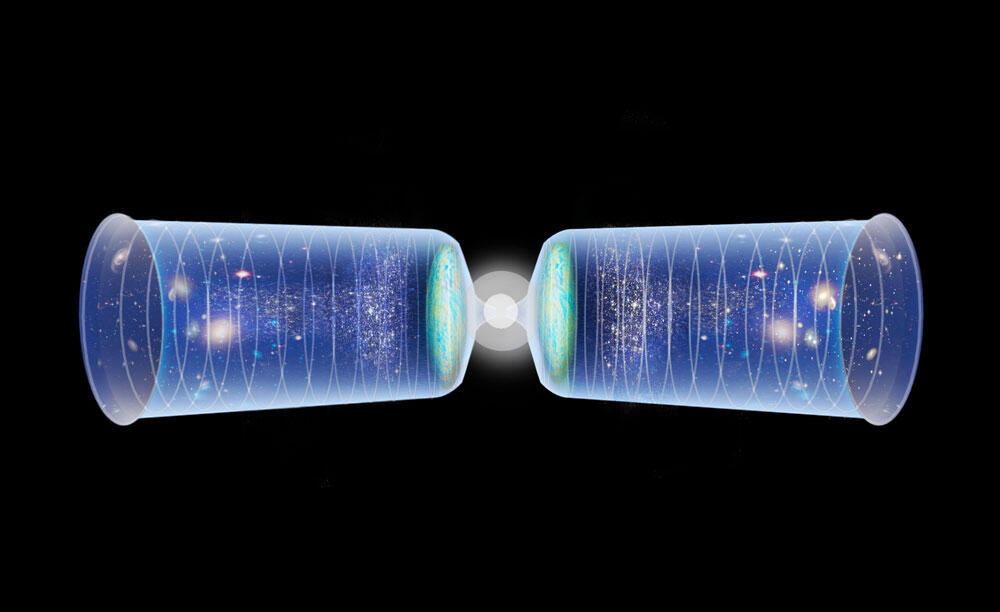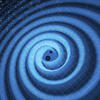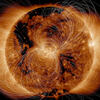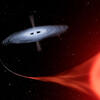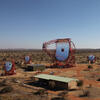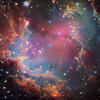You are here
Are white holes dawning at last?
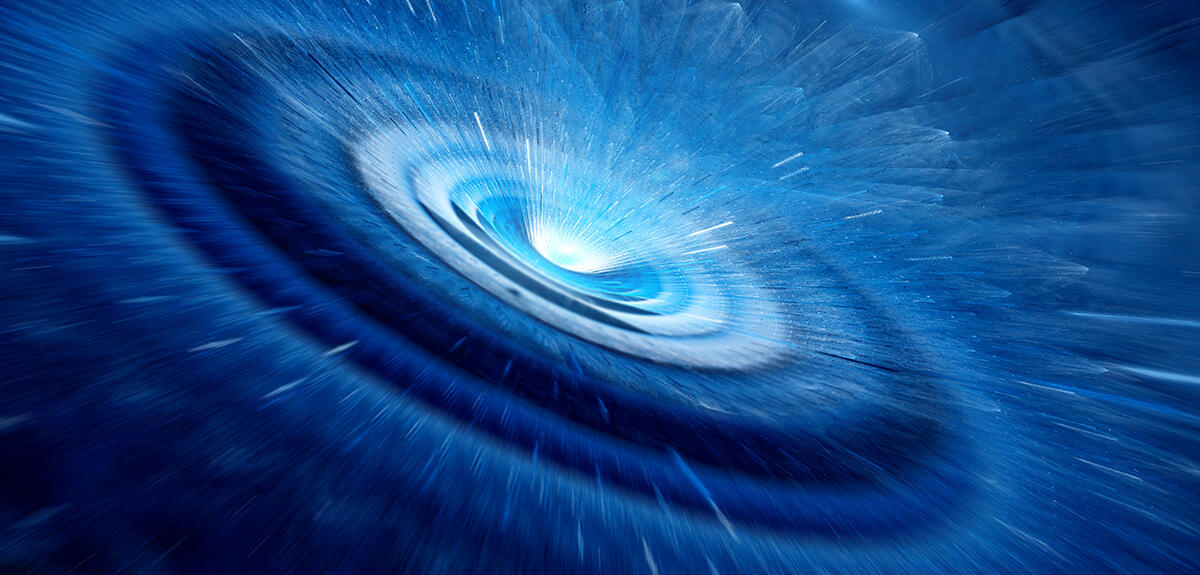
No one today questions the existence of black holes, objects from which nothing, not even light, can escape. But after they were first predicted in 1915 by Einstein's general theory of relativity, it took many decades and multiple observations to show that they actually existed. And when it comes to white holes, history may well repeat itself. Such objects, which are also predicted by general relativity, can only eject matter and light, and as such are the exact opposite of black holes, which can only absorb them. So, just as it is impossible to escape from a black hole, it is equally impossible to enter a white one, occasionally and perhaps more aptly dubbed a “white fountain”. For many, these exotic bodies are mere mathematical curiosities. However, some scientists are becoming increasingly convinced that white holes really do exist, since they have managed to come up with a convincing scenario that explains their formation, namely, that they are the final stage in the evolution of black holes.
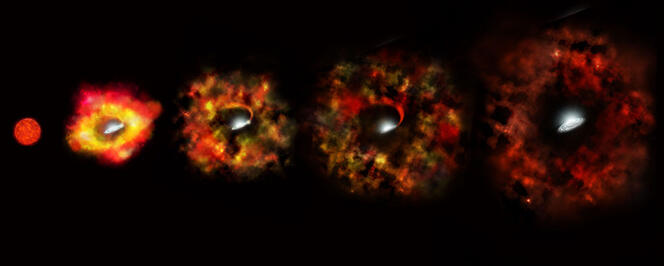
The origin of black holes
In fact, the reason white holes have long been shrouded in mystery is that "unlike black holes, no known simple mechanism can explain how they first form," explains Carlo Rovelli, at the CPT1. Together with other researchers, the Italian physicist was one of the originators of a hypothesis for the formation of white holes, and is also the author of a recent book on these enigmatic objects2. The formation of black holes is a well-established phenomenon that is perfectly described by general relativity: when a star with a mass at least three times that of the Sun reaches the end of its life, it collapses in on itself. This immediately causes a huge explosion, called a supernova, in which the outer layers of the star are ejected into the interstellar medium, while its core becomes compressed and so dense that it forms a black hole bounded by what is called an event horizon, a one-way boundary beyond which nothing, neither matter nor radiation, can escape.
Reconciling quantum physics and general relativity
In the case of white holes, however, things are more complicated and involve another much more recent theory called loop quantum gravity, developed in the late 1980s by Rovelli and the US physicist Lee Smolin, and considered to be one of the most successful attempts to reconcile Einstein's general theory of relativity with quantum physics. General relativity describes the deformation of space and time by matter on the scale of the entire Universe. Within this framework, the geometry of spacetime, which is variable, determines the motion of matter, which we interpret as being due to a gravitational force.
However, the theory has nothing to say about elementary particles. Quantum physics, on the other hand, explains how fundamental particles interact at infinitesimally small scales, but totally fails to take account of stars and galaxies. Successfully unifying these two approaches in a single theory of quantum gravity is thus one of the major challenges facing physics. Gaining a better understanding of black holes for instance, inevitably involves intertwining both theories, since not only is the gravitational field exerted by such objects very strong but the matter within them is extremely concentrated. "This is why general relativity on its own fails to answer a simple question: what happens to matter when it falls into a black hole?" Rovelli points out.
Quanta of space versus singularities
According to Einstein's equations, matter becomes so concentrated at the centre of a black hole that it ends up forming a singularity, a point where the energy density and the curvature of spacetime become infinite. However, such infinite values cannot exist in physical reality and are, on the contrary, an indication of the theory's limits.
To go further and try to overcome this problem, loop quantum gravity states that space itself is subject to quantum phenomena: just as matter is composed of atoms, space is made up of individual grains, or quanta, which are incredibly tiny but finite in size. The theory postulates that it cannot be divided ad infinitum, and that there is a limit of 10-35 metres, below which it is impossible to go. And since nothing can be smaller than this quantum of space, the singularity simply disappears: when matter collapsing in on itself inside the black hole reaches these size scales, its concentration cannot increase any further. "A fundamental change then occurs. Spacetime generates a sort of quantum repulsive force that opposes the collapse and causes the matter to bounce back," Rovelli explains. During this quantum transition, which is extremely brief, like those that take place in the world of elementary particles, the geometry of spacetime itself reverses, allowing matter that was previously contracting to be ejected. In this way, black holes are transformed into white holes, spewing out the matter that had collapsed inside them.
Such a scenario is credible, and when translated into equations by loop quantum gravity, makes the existence of such white fountains more plausible. On top of that, it not only solves the problem of the singularity inside black holes, but also eliminates the well-known and much-debated information paradox. When an object falls into a black hole, the information it contains appears to be lost forever since, theoretically, nothing can escape from a black hole. In which case, these cosmic behemoths would be the only regions of the Universe where information is not preserved. However, if the fate of a black hole is to end up as a white hole, then the paradox is resolved quite simply: all the information captured by the former is eventually released by the latter.
Hidden by time distortion
Nonetheless, attractive though this hypothesis of white hole formation may be, it leaves a major question unanswered: if black holes inevitably turn into white fountains, why don't we see them lighting up around us one after the other? In fact, it turns out that this contradiction is only apparent, since it can be perfectly well explained within the framework of general relativity, in which time is flexible. A massive object bends spacetime around it in such a way that it slows down time. On Earth, for example, time passes more slowly at sea level than at the top of a mountain, where gravity is weaker.
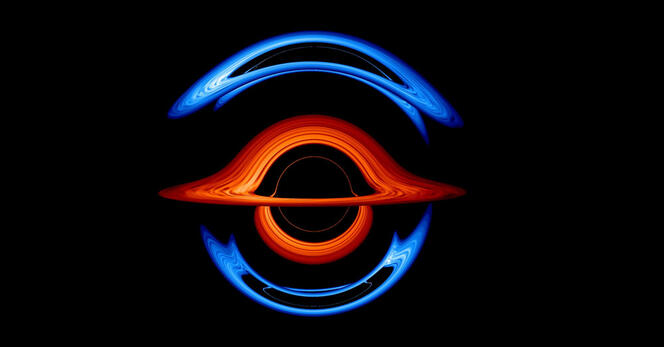
On our planet, of course, the effect is tiny. "But in a black hole, this difference becomes huge: a very short period of time near the event horizon is equivalent to a very long one extremely distant from it. As a result, the rebound time, which lasts no more than a few milliseconds for the black hole itself, could be several billion years for a distant observer," explains Aurélien Barrau, at the LPSC3 in Grenoble, in south-east France. So, the reason we don't see black holes lighting up in the sky is that, in our own spacetime, they haven't yet had time to do so.
In search of primordial black holes
Should we then just forget about observing such hypothetical white holes, which would mean abandoning the idea of testing the model developed by the researchers? There is no point in looking for white holes resulting from large black holes of a few solar masses or more, as the time needed for their transformation would exceed the age of the Universe. Alongside these giants, however, there may exist a multitude of small black holes that have already begun to transform, continuously losing part of their mass due to a process of evaporation first demonstrated by the British physicist Stephen Hawking. "Through an effect related to the quantum fluctuations of the vacuum, they radiate light and lose mass more and more rapidly, until they reach a point where they undergo the quantum transition that turns them into white holes," Rovelli says.
Black holes small enough to experience relatively rapid evaporation must necessarily be primordial black holes, as yet hypothetical objects that are thought to have formed shortly after the Big Bang, when the Universe was still very dense and very hot. At that time, local accumulation of matter would have led to the formation of such bodies, whose mass and size varied widely, with some of them being tiny. Astronomers are therefore now focusing their attention on these primordial black holes, which have never yet been observed, in the hope of detecting evidence of their transformation into white holes.
How to observe them?
But how would white fountains make their presence known? One possibility is that such an event could be extremely violent, with the black hole suddenly exploding and converting a large part of its mass into radiation. "According to my calculations, the explosion would release a stream of gamma photons in the form of short, intense flashes. So we can't rule out the possibility that certain very fast, highly energetic gamma-ray bursts observed were caused by the explosion of a black hole turning into a white hole," Barrau points out. The researcher believes that it may even be possible to distinguish between these different phenomena, since the signals from white holes should have a very specific signature, namely a redshift (the light from distant objects is shifted towards longer wavelengths due to the fact that they are moving away from us) that differs from that of other celestial bodies. It may even be possible to detect this effect in future observations by amassing large amounts of gamma source data recorded by a wide range of instruments.
Could dark matter be made of white holes?
However, not all black holes end up exploding violently. Once their mass has almost entirely evaporated, it is thought that some of them then turn into tiny, stable, barely perceptible white holes, emitting almost no radiation and with a very long lifetime. "Loop quantum gravity equations enable us to precisely calculate the mass of these white holes, which is on the order of a microgram. That might seem negligible, but added together, all those white holes may make up a significant proportion of dark matter," Rovelli explains. This invisible matter, which constitutes around 27% of the content of the Universe and whose nature remains a mystery, only reveals its presence to astronomers through its gravitational effects. White holes open up a possible new approach to elucidating this mystery. Although detecting them would be extremely challenging due to their very low mass, Rovelli and his team are already working on the idea of hypersensitive detectors that could achieve this.
Has loop quantum gravity's time come?
Detecting signals from white holes would be a major breakthrough. Not only would it prove the existence of such objects but, by confirming the predictions of loop quantum gravity, it would determine the quantum nature of spacetime. "Looking for such observational signatures is key to refining our computational methods and building a quantum gravity theory that accurately describes our Universe," points out Etera Livine, at the LPENSL4, who works on the mathematical developments of loop quantum gravity.
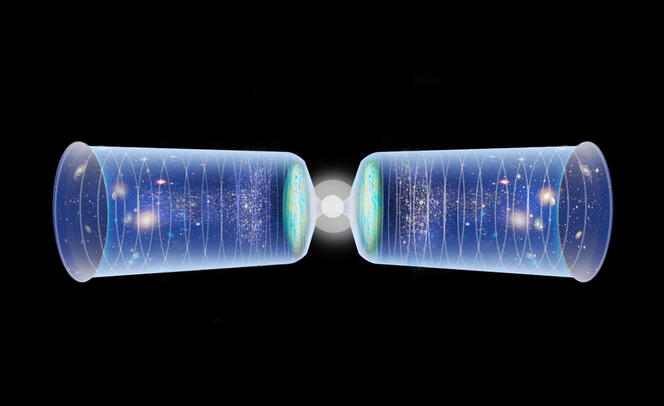
This theory’s predictions are not limited to the existence of white holes. For instance, several years ago it helped solve a theoretical problem related to the Big Bang. General relativity predicts the existence of a singularity right at the beginning of the Universe, when the whole of matter was packed into an infinitely small volume. Loop quantum gravity eliminates this singularity, in the same way as it does for black holes, and describes how, prior to the Big Bang, the Universe contracted down to a tiny point and then bounced back into its current phase of expansion. Here again, astrophysicists are trying to predict what kind of evidence this Big Bounce might have left in the cosmic microwave background, the very first light emitted in the Universe some 380,000 years after the Big Bang. "Such signals would be so faint that today’s instruments wouldn't be able to detect them. But we're confident that future experiments will enable us to test this model," Barrau says. When that happens, loop quantum gravity could shake our understanding of the Universe to its very core. ♦
Further reading
White holes, Carlo Rovelli, Flammarion, September 2023, 176 p.
- 1. Centre de Physique Théorique (CNRS / Aix-Marseille Université / Université de Toulon).
- 2. White Holes, Carlo Rovelli, Penguin Books, October 2023.
- 3. Laboratoire de physique subatomique et de cosmologie (CNRS / Université Grenoble-Alpes).
- 4. Laboratoire de physique de l’ENS de Lyon (CNRS / ENS Lyon).



